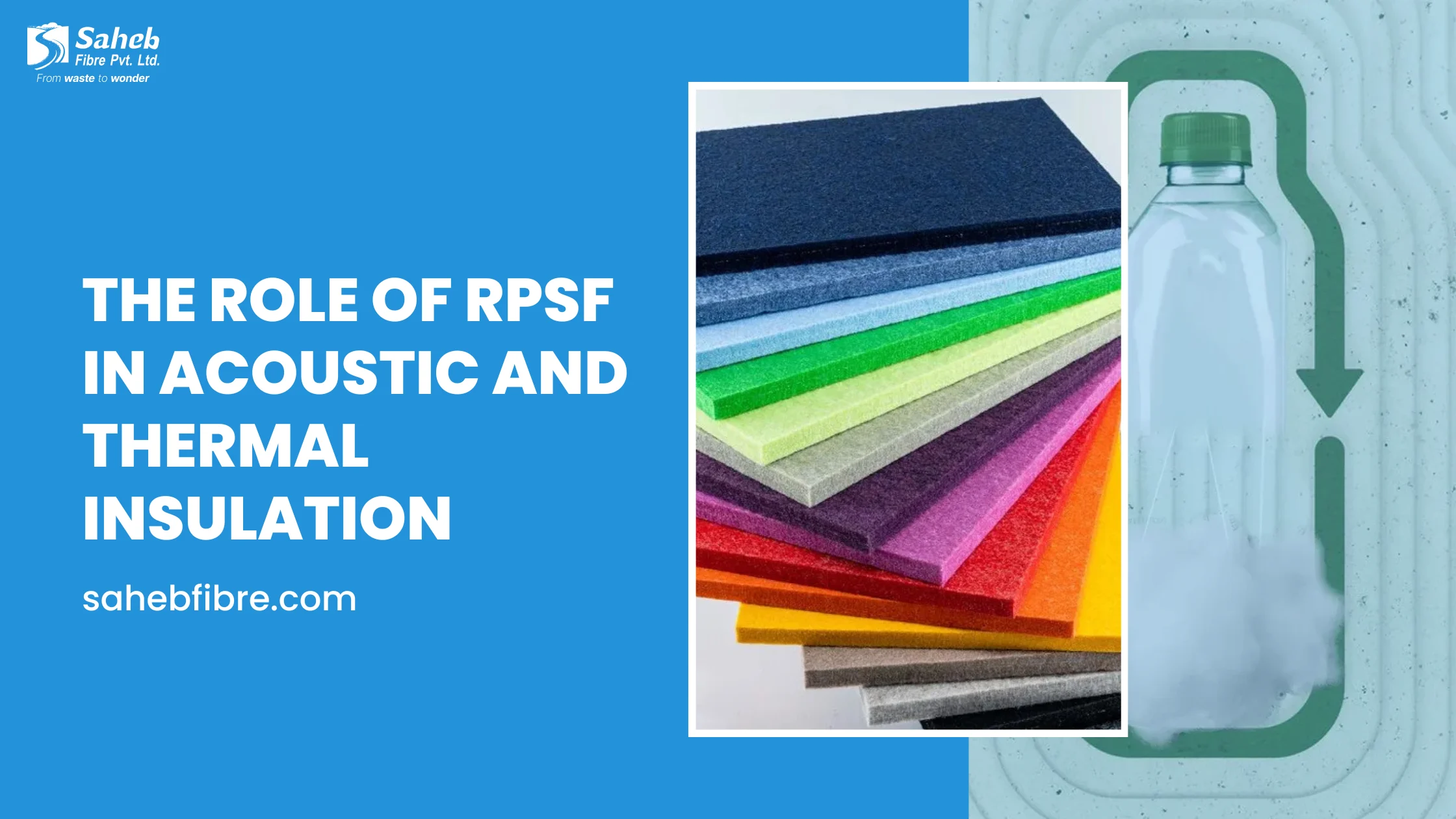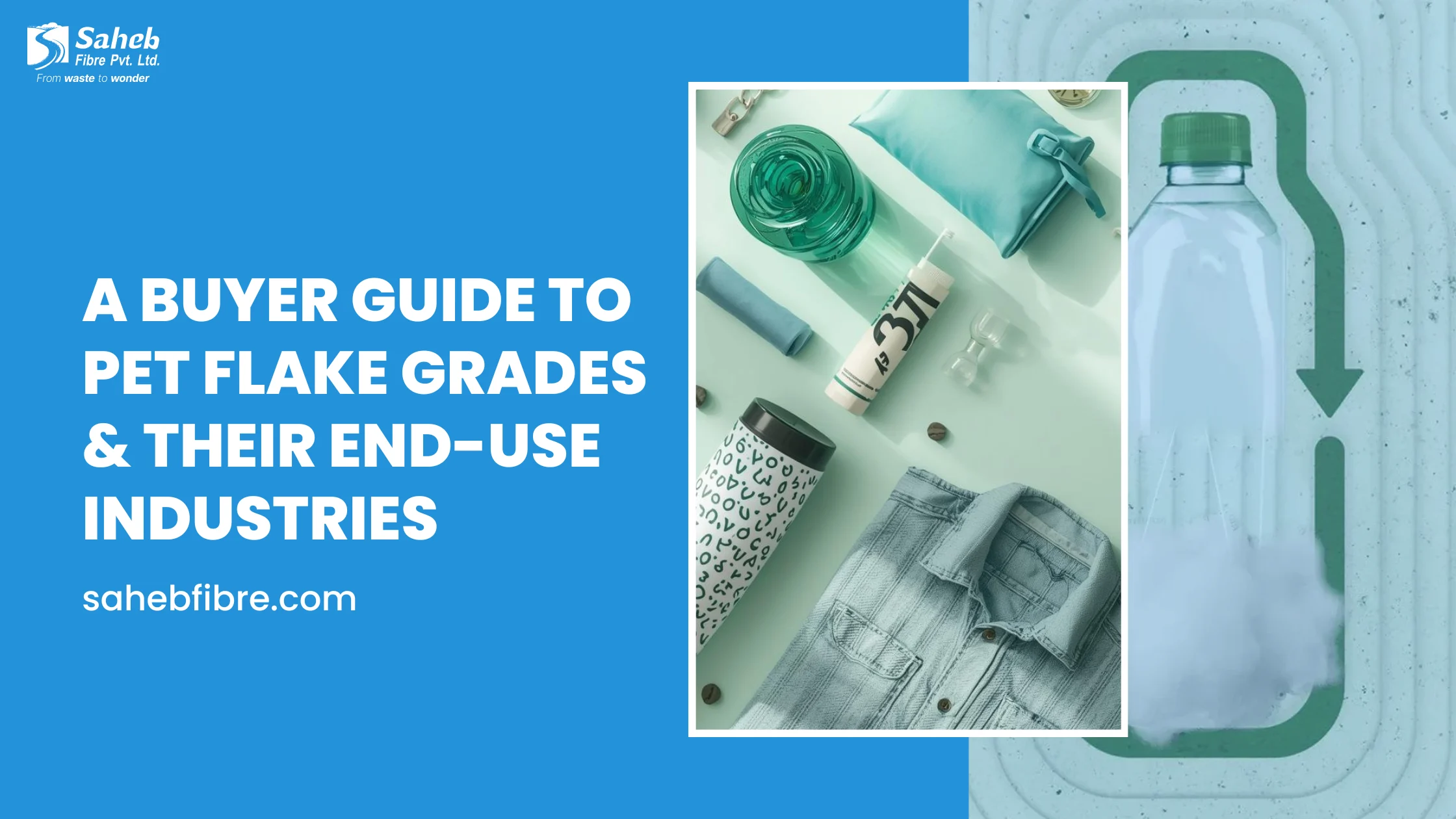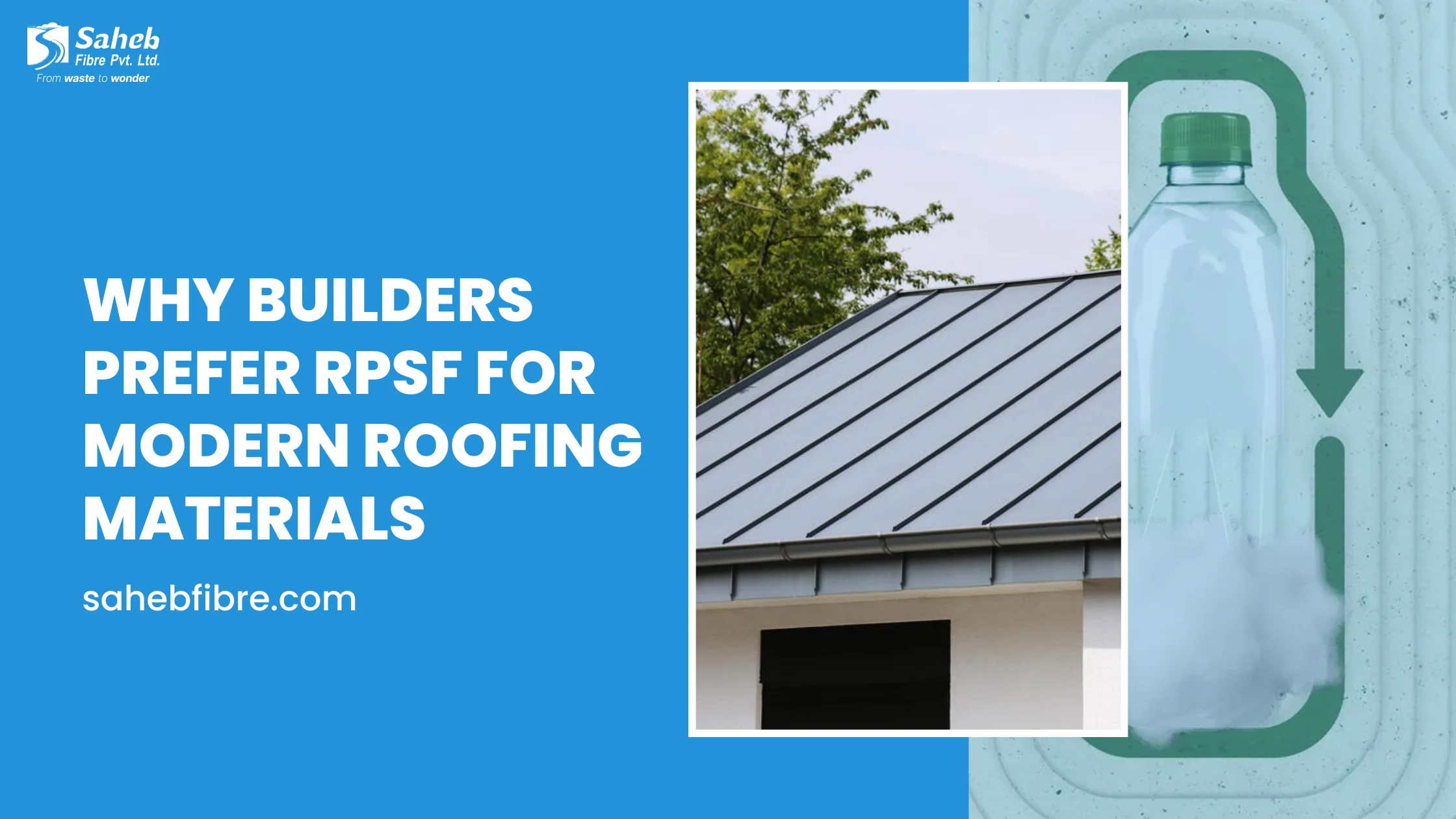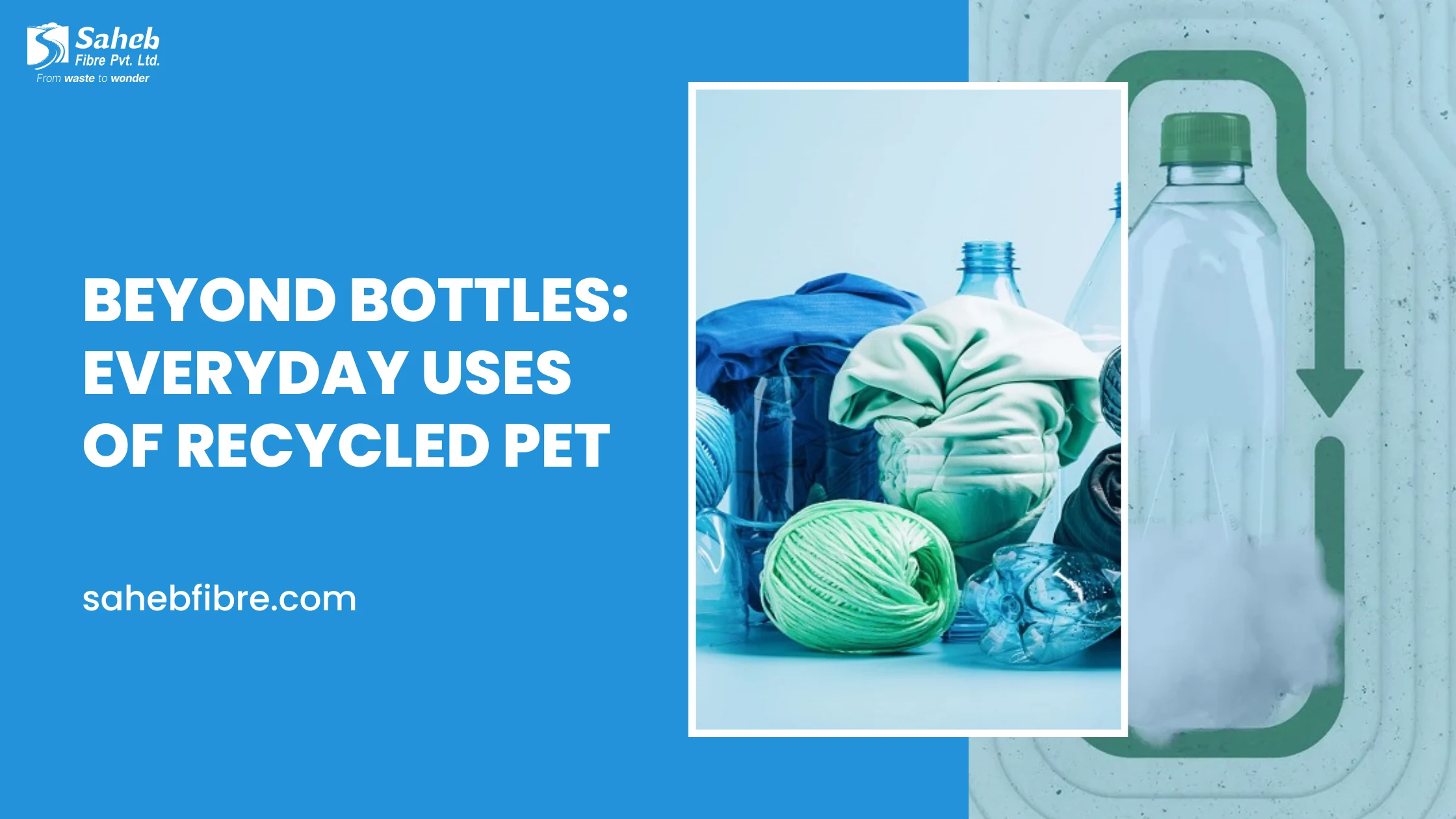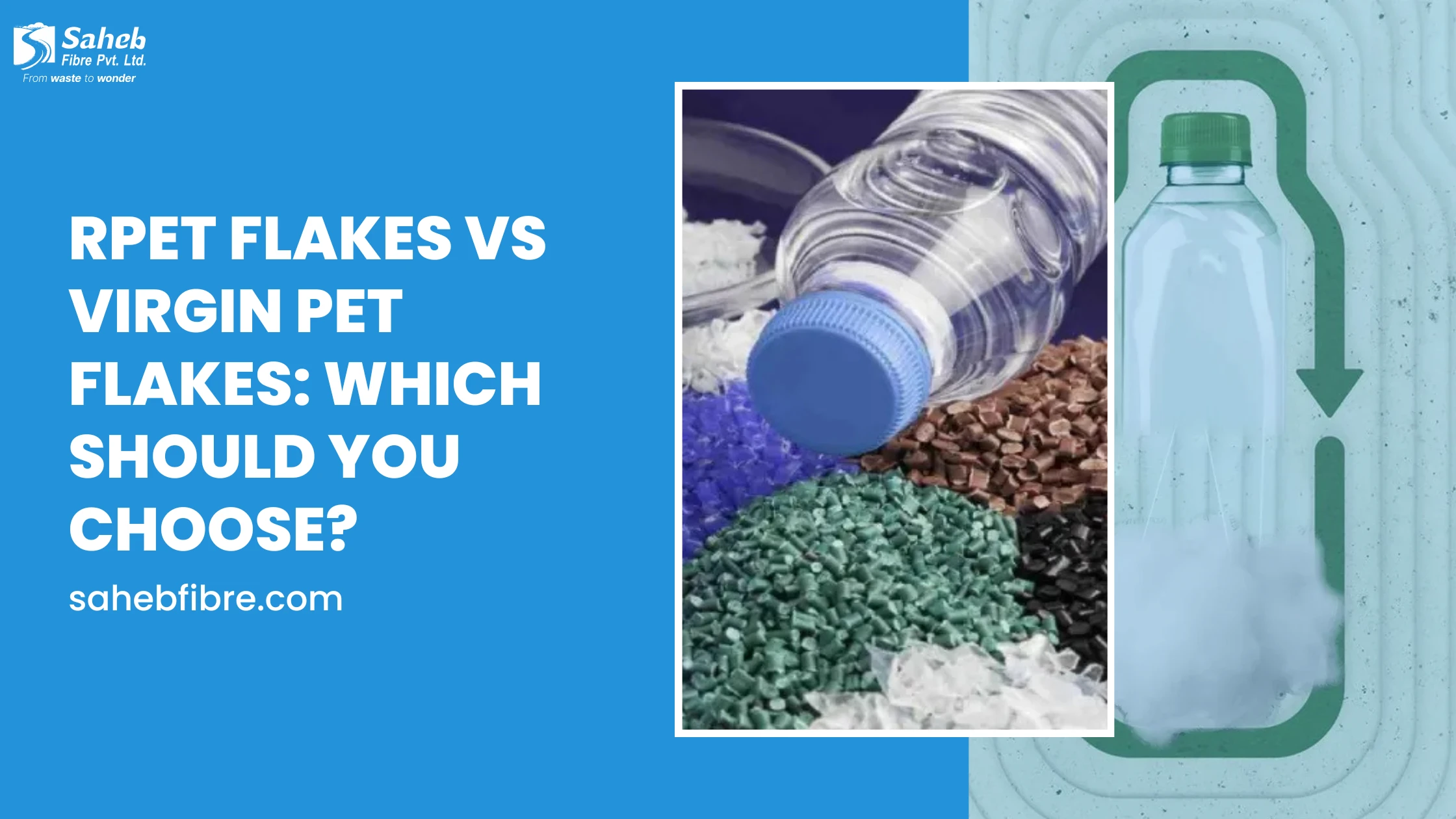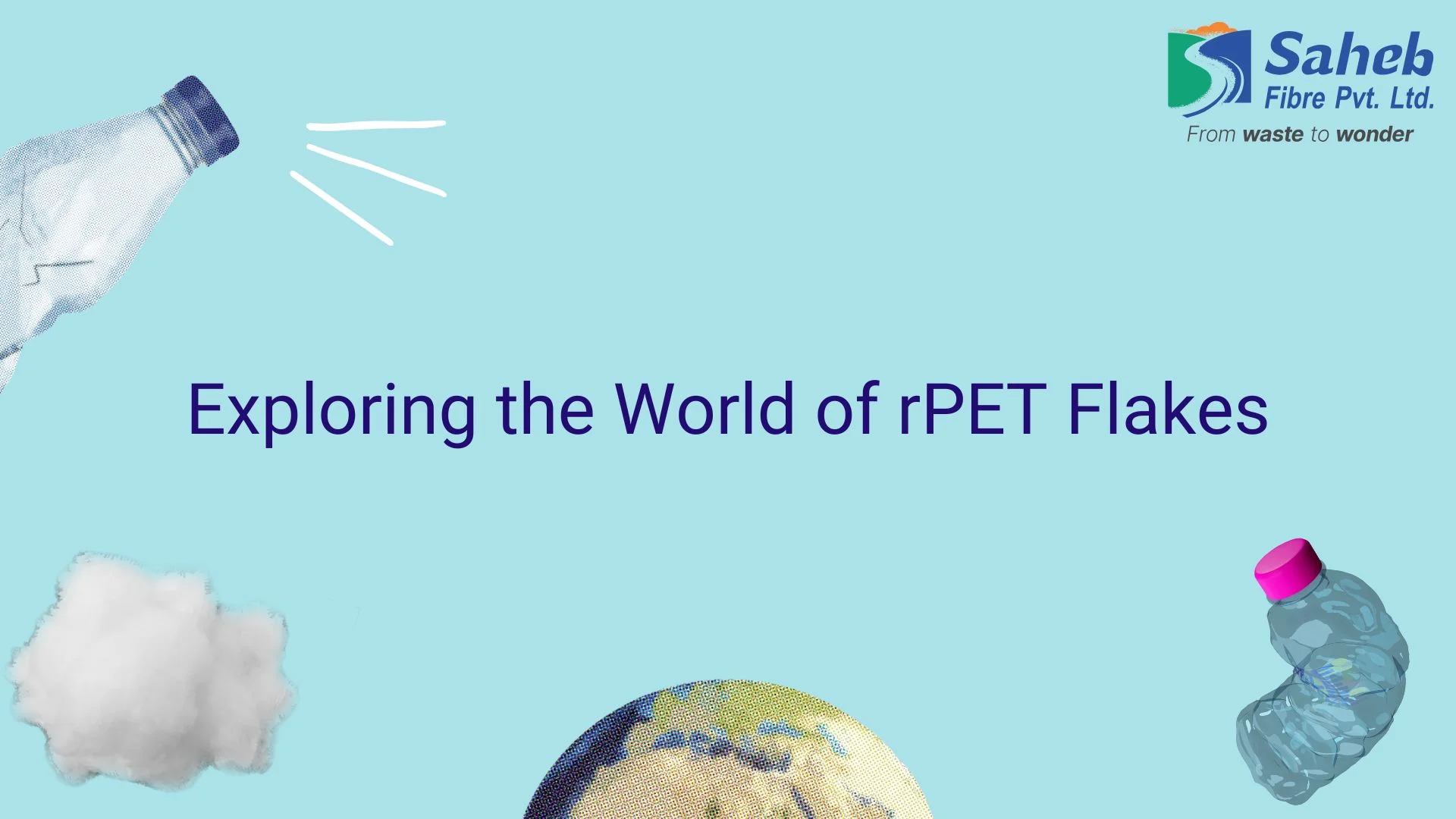
PET-thermoplastic or Polyethylene Terephthalate is a type of polymer well-acknowledged for its versatility, strength, and recyclability. The chemical structure of this material combines ethylene glycol and terephthalic acid in a way that produces unique properties, among which one can mention durability and moisture resistance.
Originally developed in the 1940s, PET served a number of uses found both in the textile and packaging industries. Of critical importance to reduced plastic waste and for the advancement of sustainability, PET is fully recyclable and is often reprocessed into chips and flakes.
Understanding PET Flakes
-
Definition and Production Process: The PET flakes are produced by the recycling of post-consumer PET products like bottles and packaging. The process for recycling consists of collection, sorting, washing, and shredding.
-
Physical and Chemical Properties: Light-weight and transparent in nature, the quality of PET flakes depends upon cleanliness and purity during the recycling process.
Differences Between PET Chips and PET Flakes
| Aspects | PET Chips | PET Flakes |
| Production Method | Virgin PET Polymerization | Recycling of PET materials |
| Physical Properties | Uniform size and shape | Variable Depending on Purity |
| Applications | Food-grade Products, fibers | Non-food-grade Uses |
The Role of Recycling in PET Production
1. Importance of Recycling PET Materials
Recycling guarantees a vast reduction in waste that negatively impacts the environment, which in turn promotes sustainable development.
2. Environmental Benefits and Sustainability
-
Carbon footprint.
-
Consumption of fossil fuel sources.
3. Economic Advantages of Recycling PET
-
Manufacturers receive raw materials at lower costs.
-
Recycling opens up jobs in the industry.
Production Processes of rPET Flakes

-
Collection & Sorting: Gather PET waste from recycling sources and separate it by type, color, and contaminants using manual or automated systems.
-
Pre-Washing: Clean PET bottles to remove dirt, labels, and residues.
-
Shredding: Grind the bottles into uniform-sized flakes using industrial shredders.
-
Washing: Perform hot washing with detergents to remove glue, grease, and stubborn contaminants.
-
Density Separation: Use water-based methods to separate PET from lighter materials like caps and labels.
-
Drying: Remove moisture using centrifuge and hot-air drying methods.
-
Quality Control: Inspect for impurities, test for viscosity, and remove metals with magnetic separators.
-
Packaging: Pack clean PET flakes for storage or further processing.
Quality Control in PET Flake Production
Strict quality control at every stage is observed to ensure high-quality output. The quality standards and certifications also vary for the production of PET flakes. Testing includes checking for molecular weight, melting points, and levels of contamination.
Environmental Impact of PET Recycling
Recycling of PET drastically reduces plastic waste, helps in conserving natural resources while cutting landfill overflows. Reusing materials reduces energy consumption and greenhouse gas emissions, hence helping global sustainability goals.
Applications of PET Flakes
-
Recycling of Recycled Polyester Staple Fiber (RPSF): The main raw material for the economical production of RPSF is PET flakes. RPSF is applied extensively in apparel and furnishings.
-
Applications in Non-Woven Fabrics and Textiles: Examples of such uses include geotextiles, carpets, and upholstery.
-
Applications in Industrial Materials: PET flakes are utilized in producing straps, sheets, and other parts for automobiles.
Innovations in PET Recycling Technologies
-
Advancements in Recycling Processes: New recycling processes, such as advanced chemical recycling, increase the quality of recycled PET.
-
Development of High-Quality Recycled PET Products: Through technological advances, rPET is no longer different from its virgin feedstock.
-
Future Trends in PET Recycling: Future prospects include the introduction of AI-assisted sorting and recycling hubs located in decentralized areas.
Challenges in PET Recycling
-
Contamination Issues and Remedies: Combating contamination requires superior filtration and washing systems.
-
Economic Factors Affecting Recycling Rates: Economic Influences on Rates of Recycling.
-
Regulatory and Policy Considerations: Stronger policies are needed to encourage recycling and reduce landfill waste.

The Global Market for rPET Flakes
-
Current Market Trends and Statistics: The demand for PET products is growing due to sustainability initiatives.
-
Major Producers and Consumers Worldwide: Countries like China, India, and the U.S. dominate PET production and consumption.
-
Future Outlook and Growth Projections: In the next decades, the PET recycling market is exponentially going to grow.
Conclusion
Recycled PET flakes are actually examples of sustainable solutions to the plastic waste problem the world is facing. From textiles to packaging, or anything requiring their use, these materials are invaluable in the cause of promoting circular economy practices. They will go a long way in helping reduce landfill waste by transforming discarded plastic into high-value resources and in opening up avenues to greener innovations in manufacturing.
With the growing focus on sustainability in both industries and consumers, demand for the product keeps high on the rise. Moving into the green production process, the material promises a cleaner, greener future. Whether it is to integrate into the business process or to understand the transformational power they possess, the journey with PET flakes is endless in innovation and environment impact.
